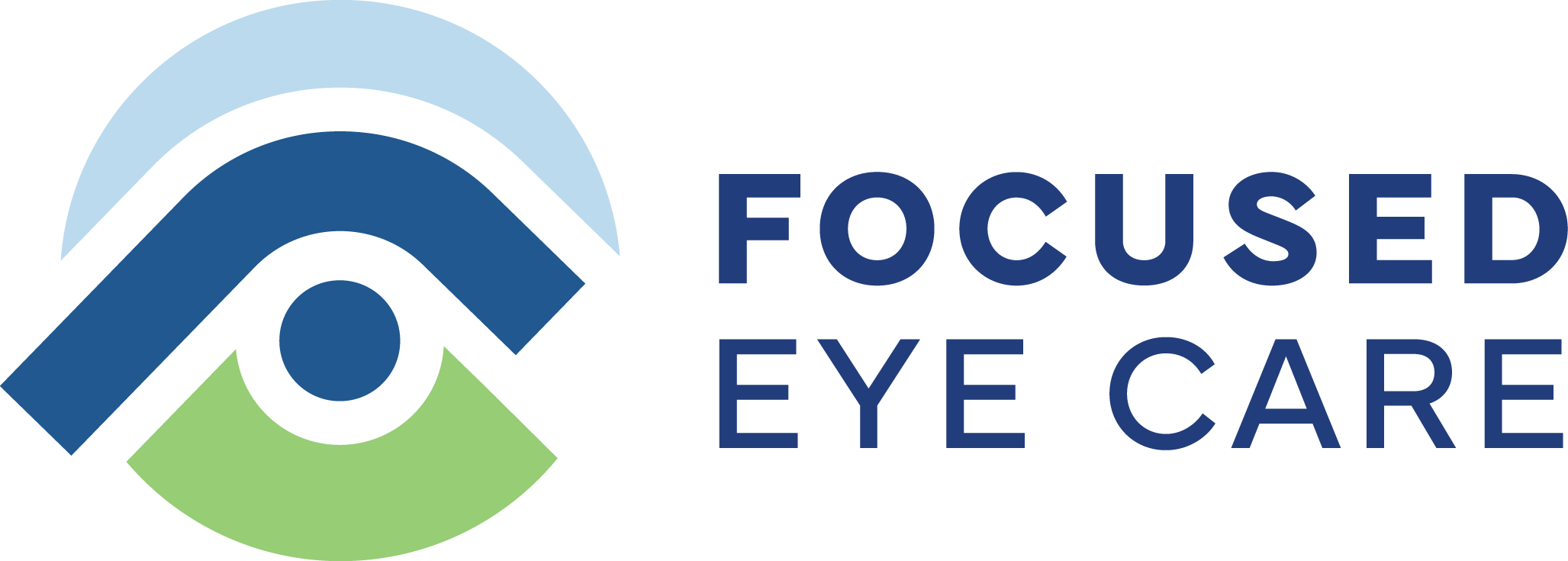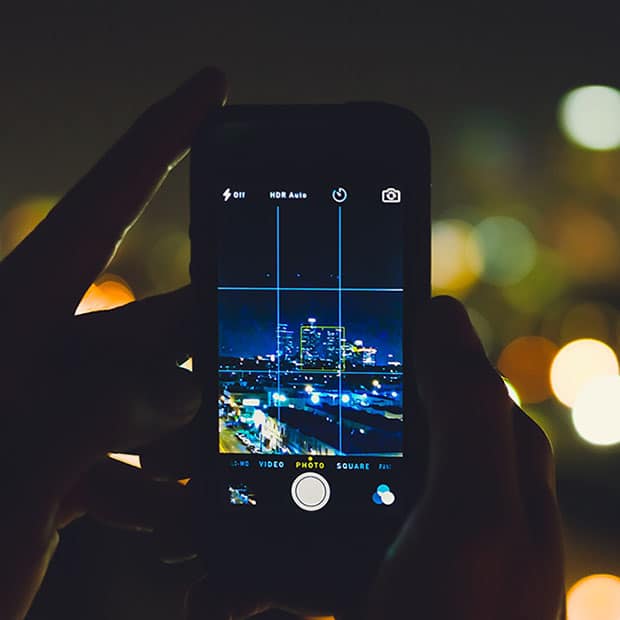Nashua Office: 603-882-0311 Milford Office: 603-673-1330 Call or Text
Eye Safety in the Workplace

For Workplace Eye Wellness Month, we’re giving you a guide to protecting your eye health at work! Obviously, eye safety will mean something very different depending on the type of work you do. Working on a computer is very different…









